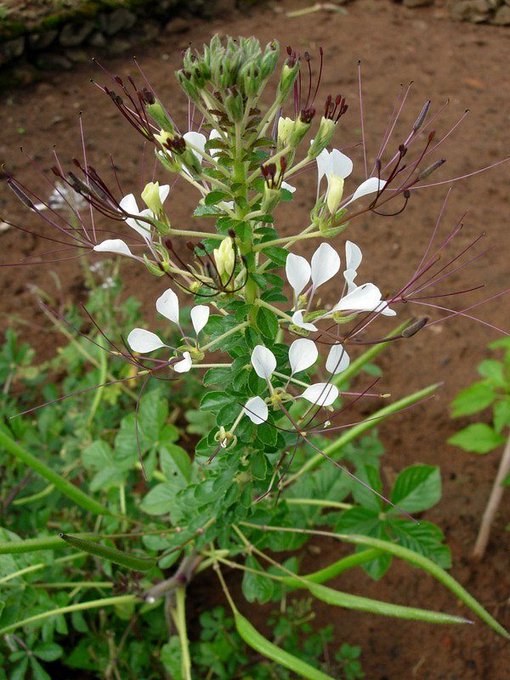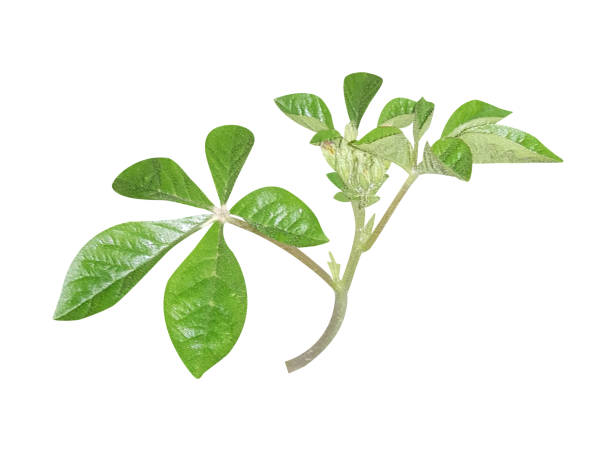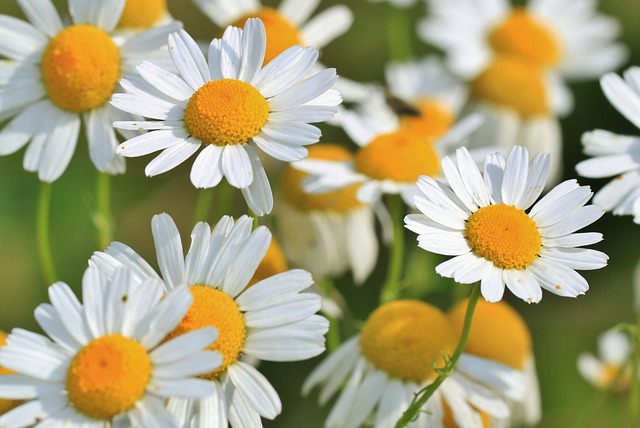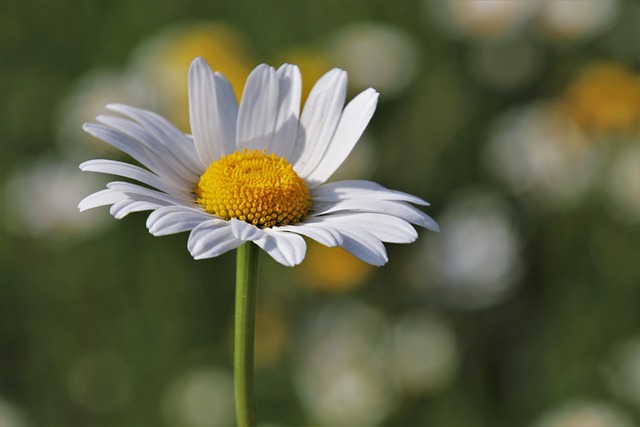
Let's embark on an exciting gardening journey today! We are going to learn step by step how to grow a beautiful and unique plant known as Cleome Gynandra, also commonly referred to as the Spider Flower or African cabbage.
- Climate and Soil:
Cleome gynandra thrives in warm climates and prefers well-drained, fertile soil. It can tolerate a variety of soil types but grows best in loamy soil with a pH of 6.0 to 7.5.
- Planting:
You will need some good quality Cleome Gynandra seeds Plant. These can be bought from any reputable gardening store. Next, choose a suitable location in your garden where the plant will get plenty of sunlight, as these plants love the sun. Now, prepare the soil. It should be well-drained and rich in organic matter. You can add some compost or aged manure to enhance the fertility of the soil for promoting healthy growth and flowering. Once the soil is ready, it's time to plant the seeds.
Seeds directly in the garden about 1/4 inch deep and keep a distance of at least 1 foot between each seed to give the plants ample space to grow. You can also start seeds indoors 4-6 weeks and transplant them outdoors once the soil has warmed up (choose a location in your garden that receives at least 6-8 hours of direct sunlight per day).
- Watering:
After planting, water the soil thoroughly but gently. Be careful not to overwater as this can lead to the seeds rotting. Keep the soil consistently moist but not waterlogged. Water deeply once a week, especially during dry periods.
Now, the waiting game begins. It will take around 7 to 14 days for the seeds to germinate. Once the seedlings emerge, continue to water them regularly.
4. Support:
As the plants grow, they will start to produce beautiful, spider-like flowers, adding a touch of elegance to your garden. Cleome gynandra can grow quite tall and may benefit from staking or support to prevent them from falling over.
- Pests and Diseases:
Also, Keep an eye out for pests like aphids, spider mites, and caterpillars, and treat them accordingly. If needed, you can use an organic pesticide to keep them at bay. Cleome gynandra is relatively resistant to diseases but may suffer from fungal issues if the soil is too wet.
- Harvesting: Y
You can start harvesting the leaves and tender shoots when the plant is about 6-8 inches tall. Regular harvesting encourages new growth and helps to keep the plant bushy and productive.
- Propagation:
Cleome gynandra can be propagated by collecting and sowing seeds. Allow some flowers to mature and develop seed pods, then collect the seeds once the pods turn brown and dry.
Following these steps should help you grow Cleome gynandra successfully in your garden. So, get your gardening gloves on and start planting! Happy gardening!
Please, Watch the related video below
< Previous
Tips For Keeping Your Rabbits From Diseases| Rabbit Farming
Next >
Medicinal Uses Of Cleome Gynandra Plant
Related Blogs

Medicinal Uses Of Cleome Gynandra Plant

Six medicinal plants to not miss in your garden
